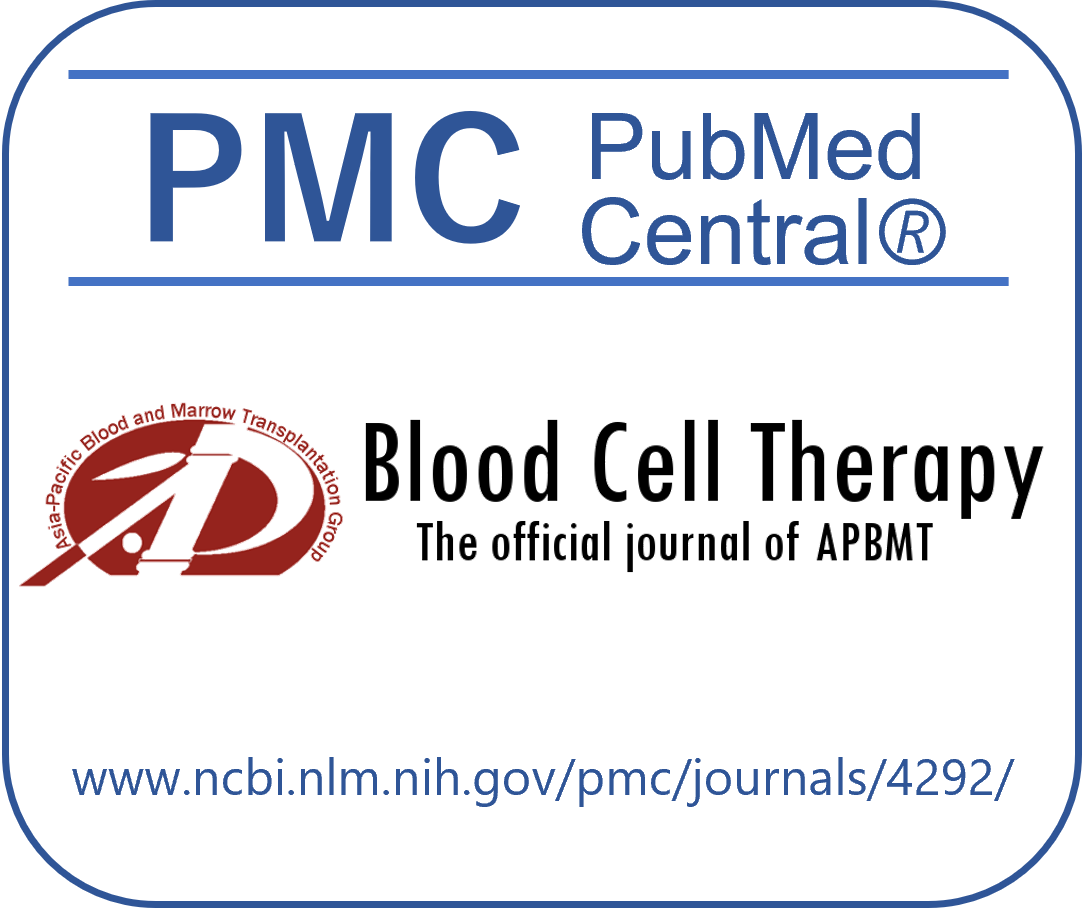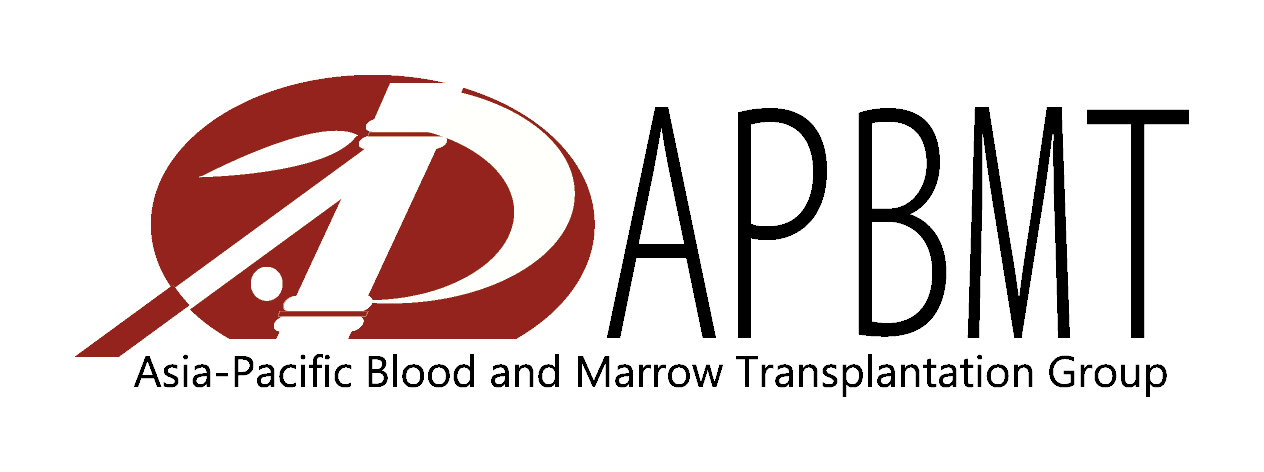Online First
Abstract
Allogeneic stem cell transplantation from an HLA-mismatched unrelated donor was performed for a patient with leukocyte adhesion deficiency type III with a myeloablative regimen including full-dose busulfan. Mixed chimerism with donor-derived T cells at less than 10% was observed within 4 weeks after transplantation. Repeated cycles of discontinuation and resumption of tacrolimus early after transplantation were performed with the aim of reversing the recipient-dominant T-cell chimerism. Specifically, tacrolimus was quickly tapered on day 15 and discontinued on day 20 when the recipient's chimerism increased, and resumed upon the observation of early signs of acute graft-versus-host disease, such as fever and skin rash, on day 24. This process was repeated from day 30 to day 44. All subsets, including granulocytes, T cells, and natural killer cells, attained donor chimerism of more than 90% on day 42 after transplantation and 100% at day 82 and beyond. Immunosuppressant dosage adjustments may be a treatment option for mixed chimerism after stem cell transplantation.
Search
News



